
The phrases “softbill” and “hookbill” are used to explain different types of birds based on their diet, not solely on their beaks. Although hookbill birds have hooked beaks, the beaks of softbills are not soft. The “soft” usually refers to the food they eat. If you have purchased a pet bird, providing your pet the proper diet is must. Check with your vet for specifics, but some generalities can be drawn from whether the bird is categorized as hookbill or softbill.
Hookbill Bird Characteristics
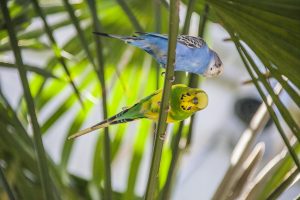
Hookbills are birds in the parrot family—from little parakeets to terrafic macaws. The only thing they all have similar is that curved hook-like beak. The hookbills beaks are very strong and can break down the tough shells of nuts, seeds, and thick-skinned fruits, which enables hookbills to eat a different diet than softbills. Knowing that a bird is a hookbill gives you a rough idea of the kinds of food it eats.
Hookbill Bird Diet in Custody
In the wild, the primary diet of hookbill birds varies. Most macaws eat fruits,seeds, roots, berries, and nuts, but the blue-throated and green-winged macaws love to eat fruit and flowers with just some nuts and seeds. Cockatoos eat seeds, fruits, and insects, while lorikeets eat pollen, seeds and insects. Cockatiels and parakeets eat grains and seeds.
In captivity, hookbill birds must get:
- Specialized pellets (for 60 to 70 percent of diet)
- Fresh vegetables
- Fruit
- Littleamounts of fortified seeds
- Fresh water regulary
Softbill Bird Characteristics
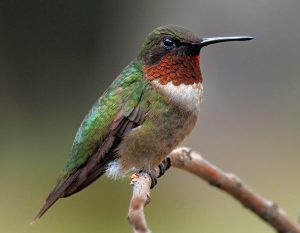
Soft billl birds like to eat soft foods, like fruits and insects. The list of softbill birds is wide. Amongst them are canaries, finches, hummingbirds, sunbirds, bee-eaters, robins, kingfishers, crows fruit doves, and mousebirds.
Softbill Bird Diet in Captivity
In the wild, softbills feed on fruit and other soft foods including, nectar, buds, flowers, leaves and small insects, snails and slugs. In captivity, their diet should include:
- A mixture of low-iron softbill diet
- Mixed dried fruit
- Fresh or frozen products that are chopped into pieces about 1/4 inch in size. Suitable fruits are pomegranates, pears, cantaloupe, grapes, figs, kiwi, bananas, apples, and oranges. Suitable vegetables are corn, carrots, tomatoes, and finely chopped lettuce.
- Flowers like pansies, roses, marigolds, dandelions, and nasturtiums
- Protein in the form of mild grated cheese and hard-boiled eggs
- Fruit tree branches with flowers and buds
- Fresh water on daily basis
All food given to birds should be pesticide-free and ideally organic.
Foods to Avoid
Some foods are not recommended for birds, but they can occasionally be fed in little quantities. They are following:
- Peanuts
- Grit
- Dairy
- Mushrooms
See Also:5 Best Huge Parrots to Keep as Pets
Everything you need to now about cockatiel diet
The health and vitality of your Cockatiel depends entirely on the right kind of diet.The perfect diet not only means the right amount but also the right combination ofthe essential nutrients required by your Cockatiel. We need to be even morecareful about the...
13 Fun Facts About Macaws | Bird and Beyond
1. Macaws Can Live More Than 80 YearsMacaws live to be around 60 years in the wild on average, and in some cases this can extend for up to 80 years and even as long as 100 years. When kept as pets, macaws are often known for outliving their owners! In the wild, their...
15 Most Frequently Asked Questions about Budgies
15Frequently Asked Questions.Here are some most common questions about bugies. When people refer to an "English" budgie they are generally talking about a budgie that is significantly bigger than the wild Australian budgerigar and with characteristics and features...
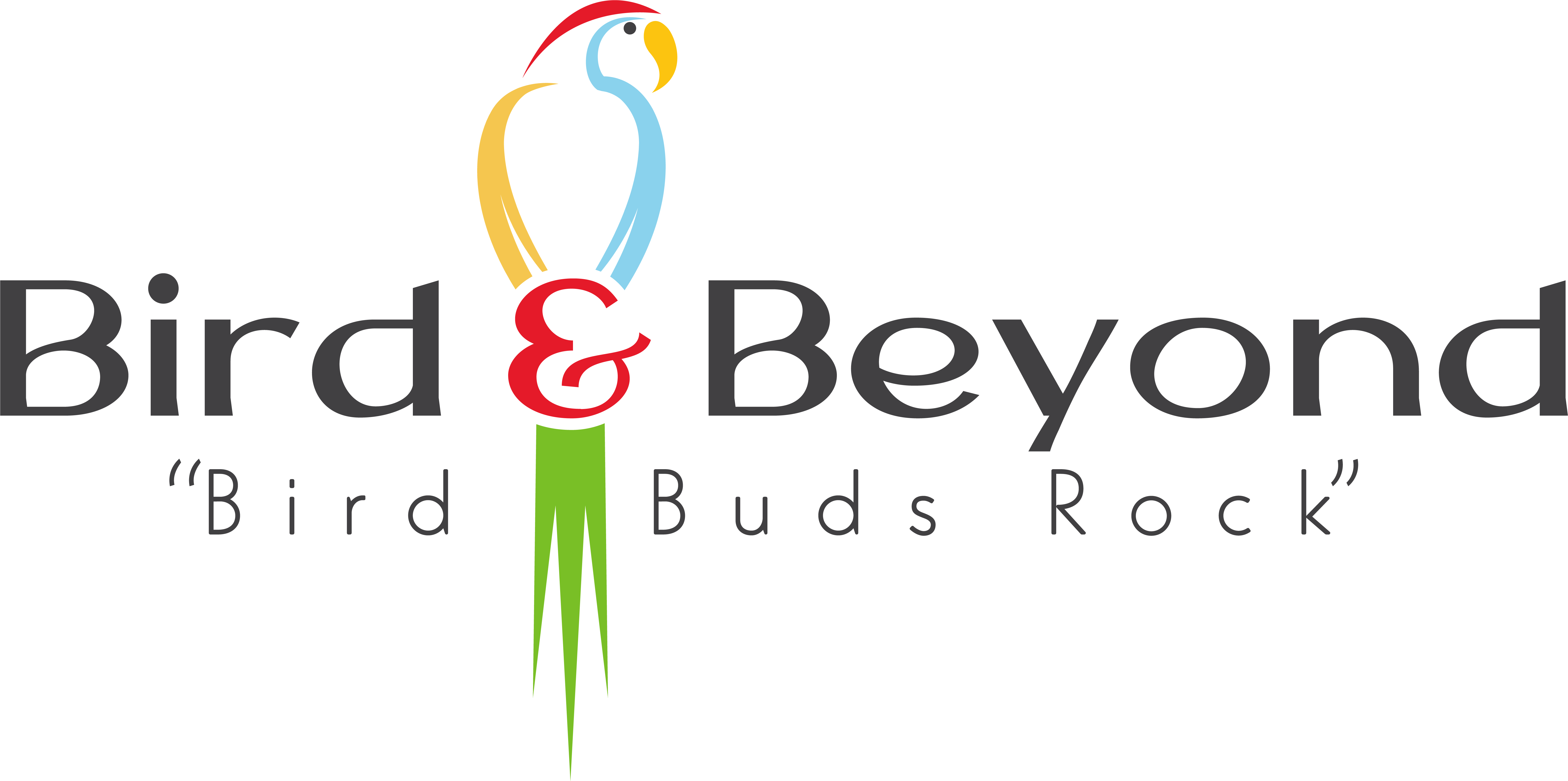

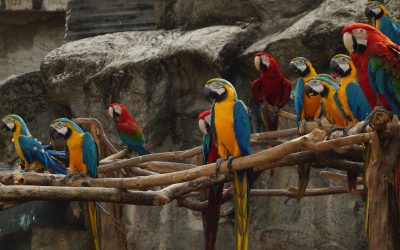
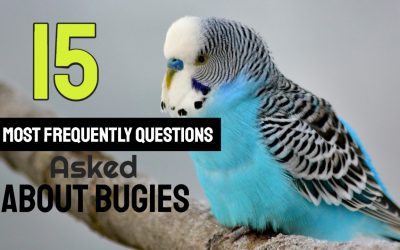
Recent Comments